If you haven’t heard of the Whole 30 diet plan, you’re probably not following very many fitness accounts on Instagram.
Creators of the diet, Dallas and Melissa Hartwig claim that by getting rid of some potentially inflammatory food groups, you can eliminate inflammation of the body which can result in weight loss – sure, but also help improve chronic health issues like diabetes, hypertension, as well as boosting immune function and mental focus.
Users are then supposed to add back in the foods that had been removed in order to test their individual tolerances to different food groups. So is it too good to be true, or just right?
I decided to go undercover, as myself, and try it out as an experiment. I’ll lay out briefly the premise of the diet, and then my results with it.
Whole 30 Diet Plan Rules
For 30 days, you must eliminate potential allergens, and foods that could cause an inflammatory reaction in your body.
Foods to remove:
- Legumes – all beans, lentils, and peanuts
- Dairy – milk, yogurt, and (sadly) whey protein.
- Grains – wheat, oats, and quinoa
- Alcohol – this one should be pretty obvious because alcohol is an outright poison for your body.
- Sugars – bascially in every processed food. Look out for names like: dextrose, maltodextrin, lactose, galactose, barley malt, rice syrup, high fructose corn syrup, Maltose, Glucose, Agave Nectar, and about 50 others.
So what can you eat?
- Meats
- Nuts
- Eggs
- Sweet/Regular Potatoes
- and a Whooooole lot of Fruits and Veggies
What’s the Difference Between Whole 30 and Paleo?
Whole 30 and Paleo are very similar at their core. The major difference is their thoughts on potatoes which Whole 30 allows, and certain plants which are not allowed on the Paleo plan because they are in the Nightshade family – the primary example is tomatoes.
Whole 30 also offers a structured reintroduction of food groups, while Paleo basically says “eat like this forever!”
Both are great plans for 90% of people, but the extra carbs that you can get from potatoes and sweet potatoes makes Whole 30 a better choice for athletes.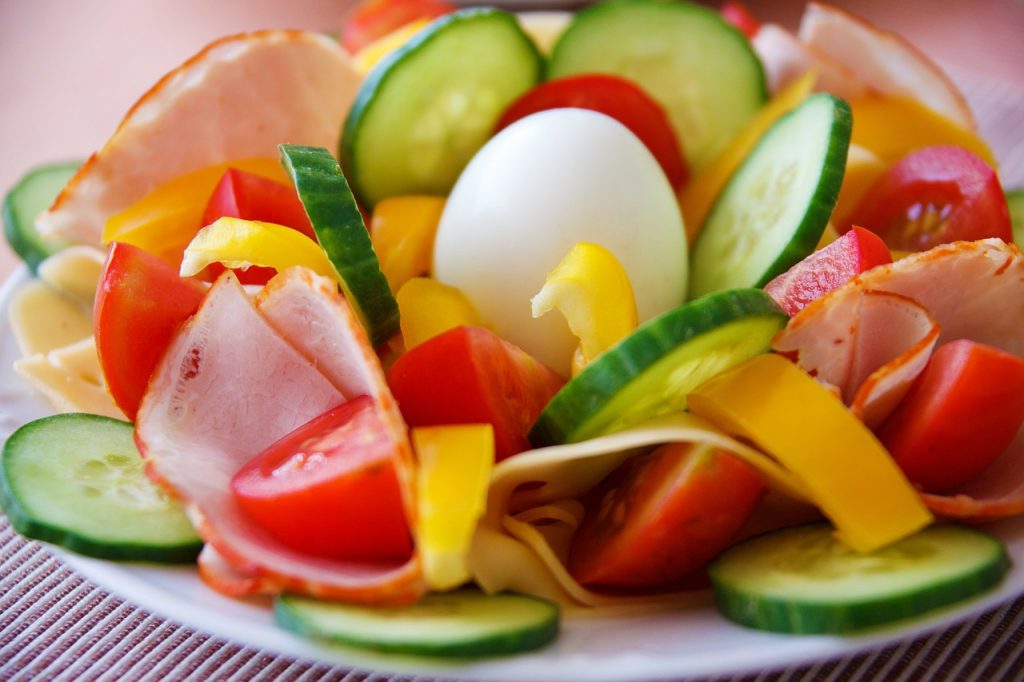
The Whole 30 Plan
For 30 days (we did the month of March), eat nothing but the foods above. The reason for this is that it will give your body a chance to eliminate potentially inflammatory foods that can be keeping you from recovering, actively aiding in chronic diseases like diabetes, and lets your body have a chance to see how it feels to exist on a primarily plant based diet.
Most people who switch their diet over to something fairly extreme like this see 3 things happen right away.
- You lose weight – by simply eliminating the foods that comprise most junk in your diet (potato chips, cookies, cakes, beer, etc) you’ll see a drop in calories right off the bat. Have you ever tried to eat 1000 calories of chicken and asparagus? It’s almost impossible. (Although shoveling a 1200cal funnel cake down my pie-hole is something I’ve proven I can do time and time again)
- You feel better – you’ll have more energy, your body will feel good, and you’ll sleep like a baby.
- You instantly become a holier-then-thou food prophet who can’t stop running their mouth about how they can only eat almonds and raisins for a snack. Yawn.
Tips and Hints for a Successful Whole 30
1) The key to making Whole 30 a success is to vary your sauces and spices that you use when cooking. If you only know one chicken recipe, you’re not gonna make it. Look up a few different paleo or whole 30 recipes before you get started. It will make your life a lot easier. (The seasonings that I ALWAYS used were galric powder, onion powder, cayenne, red pepper flakes, salt, pepper, and maybe a little bit of cumin if I was feeling the itch.)
2) Use the slow cooker. It will help you by making “fall off the bone” chicken pork or beef easy and fast. Don’t neglect the seasonings though. You have my permission. go HAM.
3) You MUST PLAN. There are not very many Whole 30 friendly restaurants, and especially no fast food choices, so if you don’t plan out your meals in advance, you will either a) not eat, or b) give up on the plan. Neither are good options. This is experience talking There are dozens of sites that lay out good easy meals to make, but we did a lot of egg muffins, chicken salad (homemade mayo anyone?), and chia seed pudding.
The Experimental Phase
After completing the 30 days of perfect eating (you can do it!) comes the fun part, where you get to experiment and see what foods your body actually likes, then what foods your body hates, but you eat anyways.
On the days you eat formerly restricted foods, do so at every meal, in different forms. The goal is to see what your body feels like after eating certain things. Pay attention to if you feel bloated/sluggish/energetic/lean/sleep patterns/hunger cravings.
Here’s what I did, but you can structure the re-introduction however you want. It’s better to separate the grain days with something else. You’ll notice that there’s no reintroduction of sugar. Well, that’s cause sugar isn’t good for you, and you don’t need an elaborate experiment to know that. Plus you’ll get some when adding in the other stuff. Same with alcohol.
You’re SUPPOSED to have 2 Whole 30 days in between each re-introduction to gauge your bodies reaction, but I only did 1.
My basic schedule was this:
- Day 30: finish with the regular dietary rules
- Day 31: add back in Gluten grains. (Wheat bread, coffee cake, beer)
- Day 32: Whole 30
- Day 33: Add in Dairy (milk, cheese, whey protein, ice cream!)
- Day 34: Whole 30
- Day 35: Add in Legumes (black beans, peanut butter, hummus, lentils)
- Day 36: Whole 30
- Day 37: Non Gluten Grains (barley, oatmeal, quinoa)
- Day 38: Whole 30
- Day 39 and beyond – use the knowledge you’ve gained of your body to create a diet plan specific to how you feel when you eat certain foods.
The Downfall of Whole30
The biggest limitations that I saw with my month following this program is that if you failed to plan your meals out for the day, there was a good chance that you wouldn’t eat correctly, or eat at all. Going out to eat was also a pain in the ass, asking about what type of oil certain foods were cooked in, and making substitutions to even the most basic dishes. (protip: Olive Garden has nothing Whole 30 approved)
There are certain detractors to the program that say that it doesn’t offer enough variation to keep you satisfied, but the sky is pretty much the limit when you’re allowed to eat meat and potatoes.
Critics also harp on the fact that meat plays a role in this diet, citing Netflix documentaries about vegetarianism. Well, there’s a difference between eating 80/20 ground beef from a tube, or spending a little more cash to pick up some super lean grass feed beef. So throwing shade at ALL MEAT is asinine and un-patriotic.
One big thing is that with food constantly on your mind – what you can/can’t eat, what you’re prepping/eating later – it’s easy to become THAT guy. You know, they guy who’s constantly harping about paleo/crossfit/bulletproof coffee.
Not bad, not good, just when that’s a major thing on your mind, your friends might get sick of hearing about what’s on your mind.
Benefits of the Whole30 Program
Detox Your Body -If you’re planning on doing a cleanse or a detox, do this instead, its a great way to help your body naturally reset and cleanse itself. Since your body goes through a natural process called ‘autophagy‘ – where it eliminates and replaces broken cells, eating a healthy diet of unprocessed foods goes well with your bodies own natural rhythm.
Lifelong Learning – It’s your body, and while doctors, trainers, and nutritionists will all give input (for a nominal fee), it’s great to have more information on how your body reacts and responds to you eating certain food groups.
So if you get bloated and sluggish after eating a couple pieces of toast, or have horrible smelling farts after a dinner of lentils – maybe your body just doesn’t appreciate those foods after all – so now you can make the choice to keep eating (and farting), or abstain.
I believe that every person in their own physical education should go through 2 dietary plans. One is an elimination and slow re-introduction diet like this one, and the other is tracking and logging every lick, bite, or taste of food they eat for 3 months. These will make you smarter and make it easier to stay Lean for Life.
Learn New Go-To Meals – When you eliminate some of your old standards, you have to make up new meals that are quick, easy, and fit with your lifestyle. I know approximately 0 fit people who cook for more than 90 minutes every night. It’s not sustainable. So maybe you didn’t like the “Eggplant a la Oscar”, but you found a deep love for the slow cooker and baked potatoes. Great!
Having about 10 meals in your back pocket that you can make in 30 min or less GREATLY increases your chance to getting and staying Lean for Life.
If all else fails, just refer to my handy food pyramid I put together (definitely not in MS Paint)
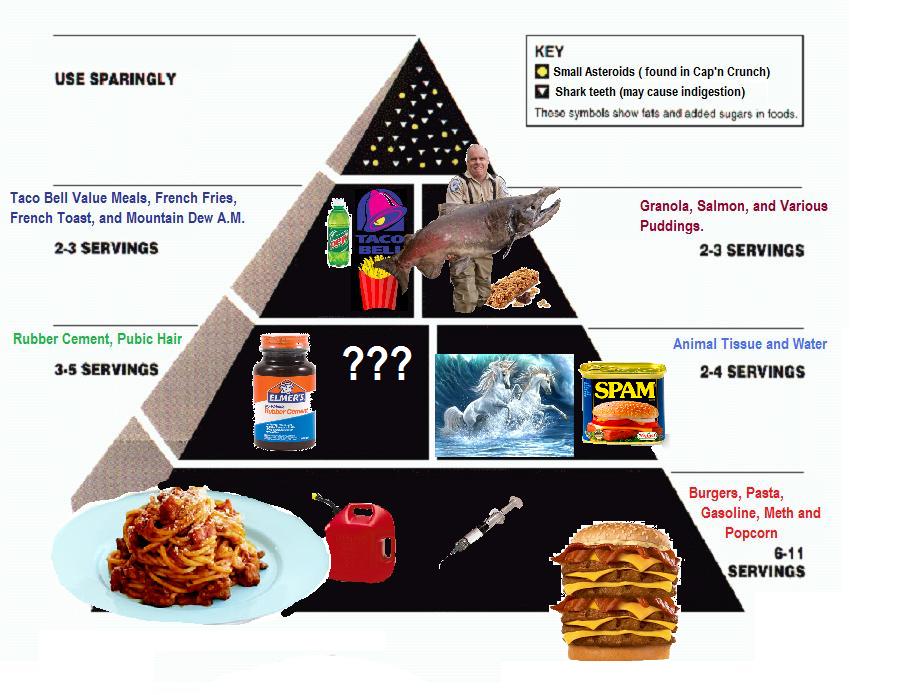
Takeaways
While I don’t believe that the Whole 30 Diet Program is the epicenter of healthy eating, it certainly helps you understand and evaluate your food choices which is good for learning how to be a self sufficient eating machine.
Eating Paleo or Whole 30 are both great options to lose some stubborn fat, but also reduce heart disease markers, drop cholesterol, help with diabetes, and make a huge dent in your chronic inflammation, which is slowly killing us all.
Questions? Comments? What was your experience with Whole 30?
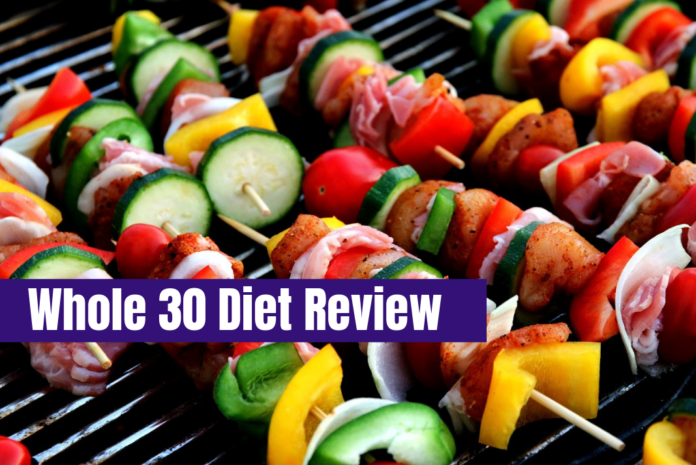
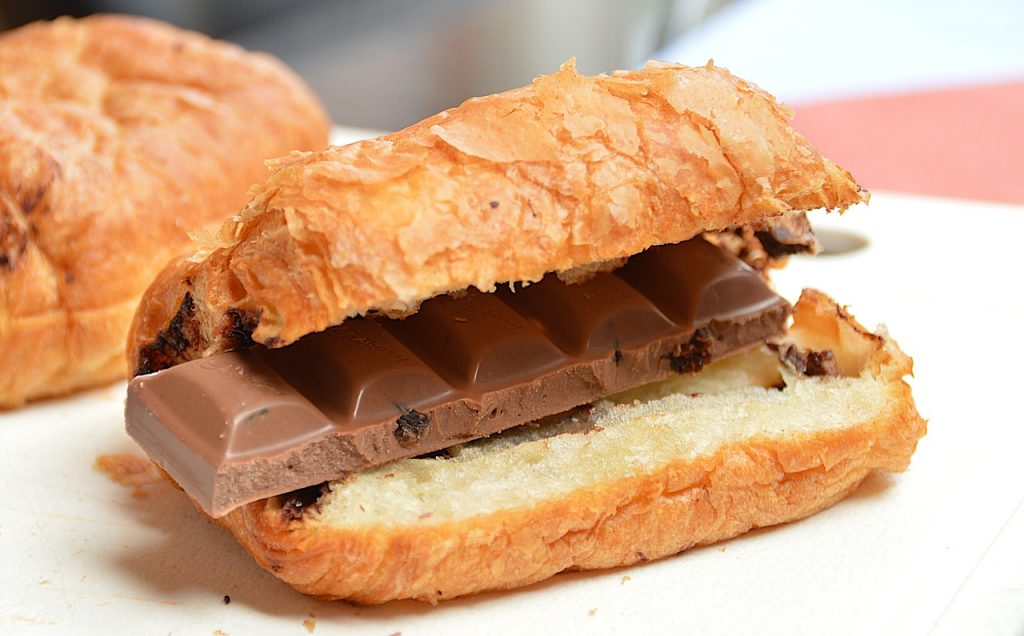

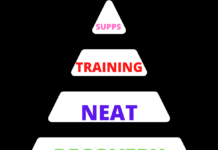
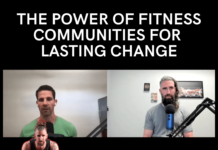
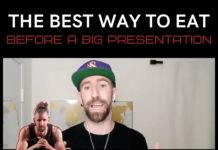






My cousins (3 of them and their S/O’s) did this a couple years ago and all had the expected results. Only one of them kept the weight off. I don’t blame the plan, but unless you think of it as a new way to eat, a permanent life change, results will vary. The key has always been and always will be: moderation in everything. I like the idea of one day a week where you eat anything you want but then stick to whatever your success plan is the rest of the time.
I hear you Bill – it has to be a lifestyle change to make an impact. That being said, I also think this diet is a good tool to help learn about your own body, and what it likes to eat, and what it doesn’t.
The whole 30 diet to me is not sustainable AS IS, but once you find out that your body tolerates rice and beans, adding those back in to your long term “plan” is a great idea.
I also like your idea of having an “off plan” day – something that allows you to eat the foods you love without beating yourself up for it.
[…] “Whole 30 Diet Review“ […]